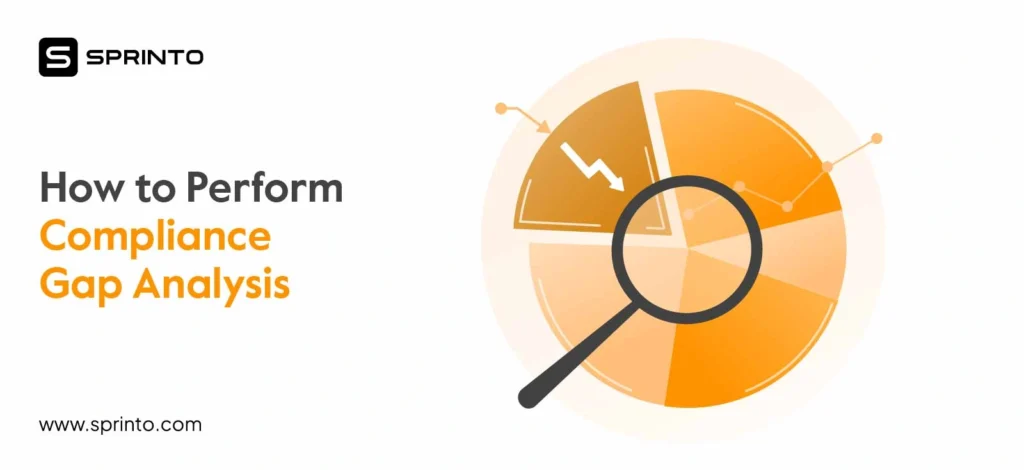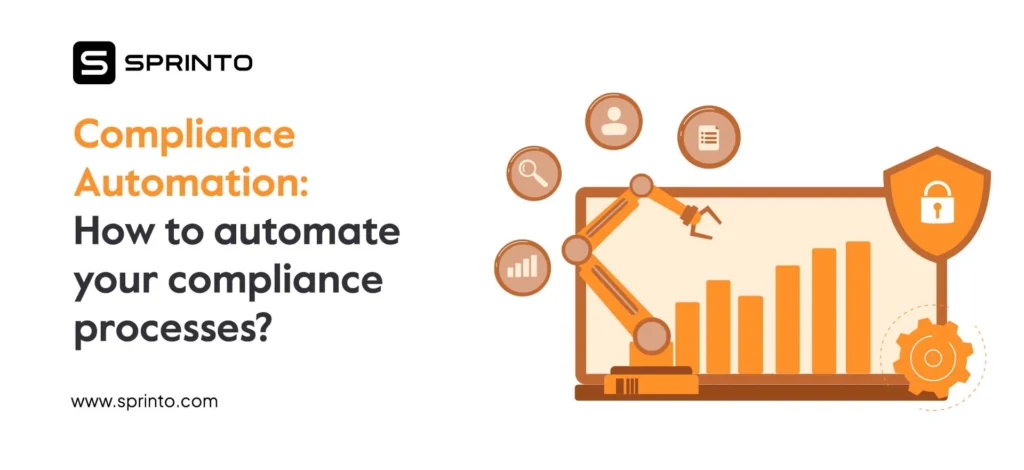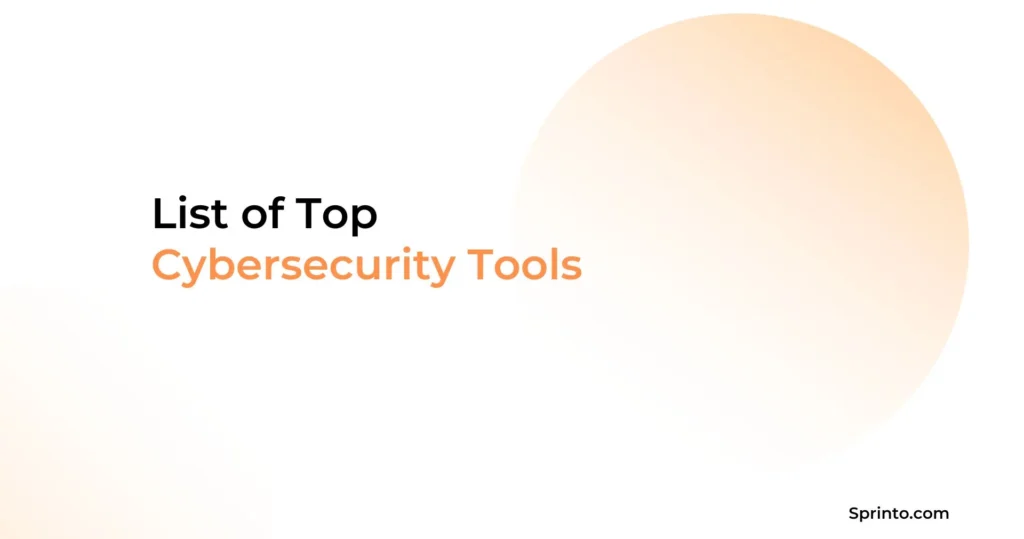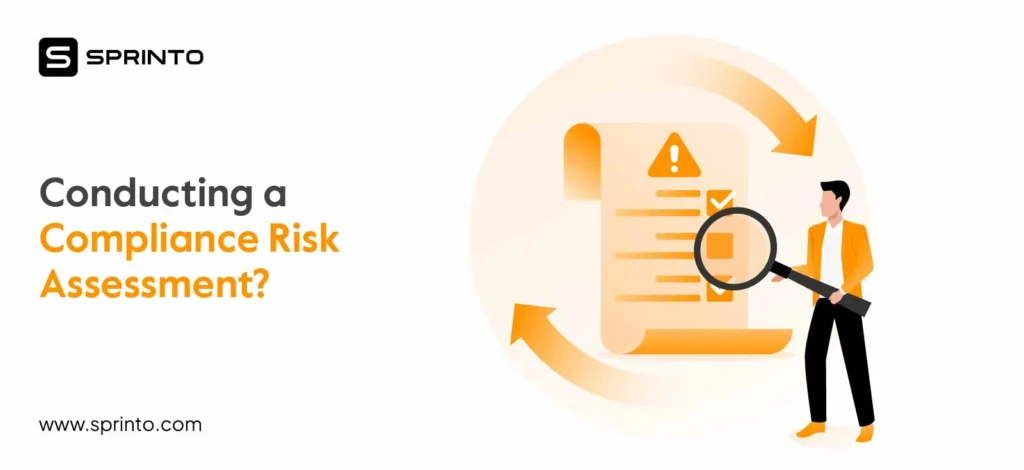For many fast-growing businesses, compliance often enters the picture late, right when the stakes are high. A high-value deal is on the line. A partner demands proof of security controls. You’re entering a new market with strict privacy regulations. Suddenly, compliance becomes critical—not a strategic move, but a reactive scramble.
Yet compliance isn’t just a checkbox or a brake pedal. It’s the system of rules that lets your business scale securely and sustainably. It helps you prove trust, protect data, and meet the expectations of customers, partners, regulators, and investors.
But what is compliance, really? What does it take to be compliant, and how can you keep up as you grow?
In this blog, we’ll discuss everything from the basics of compliance to practical ways you can implement frameworks that grow with your business before they become an urgent blocker.
| TLDR: Compliance covers all the laws, rules, regulations, and guidelines that uphold legality, transparency, and accountability within your organization. It protects your business against penalties and lawsuits and signals trust to clients, stakeholders, and partners. Compliance frameworks like SOC2, GDPR, CCPA, ISO 27001, and HIPAA are non-negotiable today as you enter new markets and/or work with enterprise clients. The key to a good compliance posture is centralizing your compliance workflows within a single platform, from defining compliance requirements to evidence collection and remediation. |
What is compliance?
Compliance is the act of following the laws, regulations, ethical guidelines, and norms set by governments, regulatory bodies, or industry organizations.
It ensures that you operate within the rules that apply to your business—rules built to protect customer data, reduce risk, and ensure ethical conduct. But compliance isn’t simply passing audits or paperwork. It goes beyond that, signalling trust, responsibility, and security.
Compliance matters across different functions, from a compliance manager ensuring protocols to IT admins implementing controls. And as companies grow, compliance requirements show up everywhere: from sales cycles to customer data, you are asked to demonstrate a solid security posture. This is why compliance should be built into your business process and not just bolted on during audit season or deal closures.
Why compliance is your first line of defense?
$4.8 million—that’s the average total cost of a data breach, according to IBM’s Cost of a Data Breach Report 2024. This cost covers post-breach activities and lost business. On the bright side, implementing the right compliance frameworks can avoid all these costs.
Besides minimizing the risk of such incidents, compliance has a very powerful role in your organization’s growth and long-term resilience. Here’s how:
Protects from legal action
Compliance frameworks ensure protection against fines, lawsuits, and unnecessary legal disruptions.
Boosts accountability and reputation
Compliance is the layer of trust that boosts your reputation within the market and with end users. A good track record signals a commitment to being ethical, responsible, and well within legal standards.
Strengthens operational efficiency
Compliance frameworks improve operational efficiency through clearly defined documentation, real-time monitoring, and internal auditability. The outcome? Less chaos, smoother operations, on-point security and privacy, and fewer surprises.
Minimizes financial losses
Non-compliance can result in direct penalties and legal costs. By incorporating compliance into your systems early on, you stay ahead of issues and prevent cost escalations.
Supports business growth
A good compliance posture tells potential partners and customers that you take security, regulations, and ethics seriously. It also demonstrates how sound your systems and controls are, especially when entering new geographies or regulated sectors.
Builds trust through ethical practices
In the workplace context, compliance sets the tone for an ethical corporate culture. It clearly defines what’s acceptable and unacceptable across behaviors, access, and decision-making.
Get compliant faster with automation
What are the types of compliance?
Compliance isn’t a one-size-fits-all function. Depending on your industry, geography, and other factors, different frameworks may apply to your business. Broadly, there are two significant types of compliance that you need to be aware of:
External compliance
External compliance involves adherence to laws and regulations implemented by external regulatory and governmental bodies.
External compliance is put in place to ensure fair business practices, protect consumers, and prevent penalization. It includes financial compliance, such as SOX and Basel III, which regulate financial transactions, accounting, financial reporting, etc. In the healthcare sector, HIPAA is widely known to be essential for protecting sensitive patient data.
Likewise, international standards like ISO 27001 ensure the security of information management systems, and ISO 9001 is an important standard for quality management systems.
Internal compliance
Internal compliance refers to all the internal policies and procedures that prevent misconduct, promote transparency, and build a culture of integrity. This type of compliance is meant to protect your company from data mishandling and security breaches.
Examples include training, monitoring, reporting, auditing, and enforcement. Internal compliance typically encompasses HR compliance, regular internal controls, policies, and compliance protocols, and corporate governance.
Compliance frameworks and standards
Compliance frameworks refer to structured controls and practices that keep critical data assets safe, mitigate risk, and meet international standards. Think of these as blueprints for building a secure environment.
Here are some of the key compliance frameworks and standards that you should know about:
SOC2
The Systems and Organization Controls 2 (SOC2) is a voluntary compliance standard created by the AICPA based on the 5 trust principles: security, availability, processing integrity, privacy, and confidentiality.
SOC2 is increasingly seen as a benchmark for operational maturity and signals a system’s secure auditability and certifiability. A SOC2 certification tells clients that partnering with you won’t threaten their security posture and instills confidence.
HIPAA
Regarding the healthcare sector, HIPAA compliance is a necessary standard that protects sensitive personal health information (PHI). It applies to health care organizations, insurance providers, and any professionals or organizations that deal with sensitive patient data.
HIPAA compliance also applies to business associates of the covered entities, like hospitals, clinics, doctors, etc. It reinforces accountability in how sensitive health information is used or accessed through a set of physical, technical, and administrative safeguards.
GDPR
General Data Protection Regulation (GDPR) is a compliance framework that dictates how companies store, collect, and process customers’ private data.
GDPR is meant to give individuals complete control over their personal information. Key requirements include obtaining consent from data subjects, honoring their rights, and restricting personal data transfers outside the EU.
PCI DSS
Payment Card Industry Data Security Standard (PCI DSS) is designed to protect cardholders from data breaches and fraudulent activities. It applies to merchants, processors, or financial institutions— any entity that stores, processes, or transmits cardholder data.
ISO 27001
ISO 27001 is an internationally recognized Information Security Management Systems (ISMS) framework.
Built into a partnership with the IEC (International Technochemical Commission), the ISO 27001 certification not only signals trust to your internal stakeholders but also to clients and partners; it shows that you take security seriously.
CCPA
The California Consumer Protection Act gives California residents greater control over their personal information. These implications are valid if your business collects or handles data from California-based users.
The regulatory requirements mandate that customers can opt out of data sales to third parties, and even demand data deletion.
How to implement compliance in your organization
Implementing multiple compliance frameworks means there are too many moving parts. From different requirements to collecting evidence, things can get overwhelming fast.
Here’s a step-by-step approach to help you manage it all more smoothly:
- Define your compliance goals and objectives
The first step towards building a strong compliance management system is knowing which regulations and laws apply to your business. Factors such as location, industry, and operations determine which compliance frameworks you fall under.
To enter the EU market, you must get GDPR compliant first. Handling sensitive patient data means HIPAA compliance comes into the picture.
- Document internal rules and policies
Once you know which regulations apply to your business, you must develop your internal policies. These internal policies should map directly to the compliance obligations.
Cover key areas like data protection, ethical conduct, and security protocols across internal documentation platforms, employee handbooks, and vendor/partner agreements. Your policies should reflect your culture and communicate responsibilities and accountability regarding each policy.
- Evaluate your current compliance status
To move forward in your compliance journey, you also need to see where you stand with respect to all the policies, procedures, and controls that set you up to operate securely. Think along questions like:
- Are there any practices or areas that may pose a risk?
- Are your policies up to date?
- Do you have day-to-day visibility into your compliance controls?
Normally, tracking your company’s security posture would take a lot of time and effort. But with compliance management software like Sprinto, much of the heavy lifting is automated. It assigns compliance workflows triggered automatically against roles and sends timely alerts about pending tasks, so you never lose momentum.
- Train employees to follow compliance practices
People, processes, and tools are equally important components of a good compliance management program. Train your employees on policies and procedures to build a culture of compliance at the workplace.
In practice, your employees should know how to behave in real situations and understand their role in enforcing compliance. Effective implementation also requires collaboration across compliance leaders, IT heads, legal advisors, and HR teams with a shared responsibility to enforce compliance.
- Set up monitoring and auditing systems
To strengthen your compliance efforts, make compliance documentation, auditing, and reporting a part of your routine. Document every action to maintain an accessible audit trail.
Collecting evidence is not a one-time project; it’s continuous and labor-intensive. The good thing is that you don’t need to manually track everything. Platforms like Sprinto automatically take over evidence collection and keep everything aligned with your controls, so you’re always audit-ready with no last-minute surprises.
- Future-proof with continuous improvement
Passing an audit doesn’t mean you’re done. New threats and vulnerabilities pop up, and systems are continuously evolving. Regular reviews of your compliance posture allow you to act as and when you spot gaps and inefficiencies.
When working with compliance frameworks like ISO 27001, you need to develop an ongoing mindset focused on continuous monitoring and corrective action. Meeting today’s compliance is as important as staying resilient in the long run.
Best practices for maintaining compliance
Compliance, when done right, can be a solid growth enabler. Here are a few best practices that will help you turn compliance into a competitive edge:
- Be proactive about compliance
Don’t wait for issues to arise. Adopt a strategic approach focused on setting precise controls, assigning roles, and centralizing all processes. Your compliance strategy should be rooted in visibility among and collaboration across key teams like legal, tech, risk, audit, and HR.
- Establish an ethical code of conduct
Compliance never stops at just regulations. You must build a workplace environment where integrity, accountability, and transparency are valued. Do this by creating a clear code of conduct based on these values.
- Set up confidential channels for reporting misconduct
Make it easier for employees to report unethical practices or violations. This can be done through safe, anonymous, and retaliation-free reporting mechanisms like whistleblower hotlines. This adds another security layer that identifies risks early and enables timely inquiry and resolution.
- Use compliance to strengthen trust
We already talked about how frameworks like SOC2 double as trust markers. For many buyers, this is one of the first things they look at. Especially in high-stakes deals, SOC2 certifications communicate that your business is easier to trust.
Implement, monitor, and stay compliant with Sprinto
By now, you probably understand what compliance is and how it serves as a safety net and a growth driver. When working with multiple compliance regulations, audits, and workflows, siloed tools will not get you there.
You need tools that don’t slow you down and help you surface risks on time.
Sprinto helps with just that—by bringing structure, speed, and clarity into your compliance operations. It brings everything under one roof and automates compliance end-to-end: from evidence collection to continuous control monitoring. With Sprinto, you can earn trust at every stage of your buyer’s journey.
Curious how Sprinto will fit into your setup? Let our team map it out for you. Schedule a call with us today.
FAQs
- What is the purpose of Compliance?
The primary purpose of compliance is to keep your business within legal boundaries and prevent penalisation or reputational damage. It ensures adherence to legal and ethical standards to earn stakeholder and customer trust and build a culture of accountability.
- What is the best way to monitor compliance?
The best way to monitor compliance is to combine routine audits, policy enforcement, documentation, real-time tracking, and evidence collection. This helps teams stay audit-ready and detect risks before they turn into issues.
- What are the three types of compliance?
The 3 main types of compliance are regulatory compliance, industry compliance, and data compliance. Regulatory compliance includes all the laws and regulations that international organizations or regulatory bodies set. Industry compliance involves abiding by the rules applicable to a specific industry. Data compliance calls for handling and managing personal or sensitive data in accordance with legal and regulatory standards.
Srikar Sai
As a Senior Content Marketer at Sprinto, Srikar Sai turns cybersecurity chaos into clarity. He cuts through the jargon to help people grasp why security matters and how to act on it, making the complex accessible and the overwhelming actionable. He thrives where tech meets business.
Explore more
research & insights curated to help you earn a seat at the table.


















